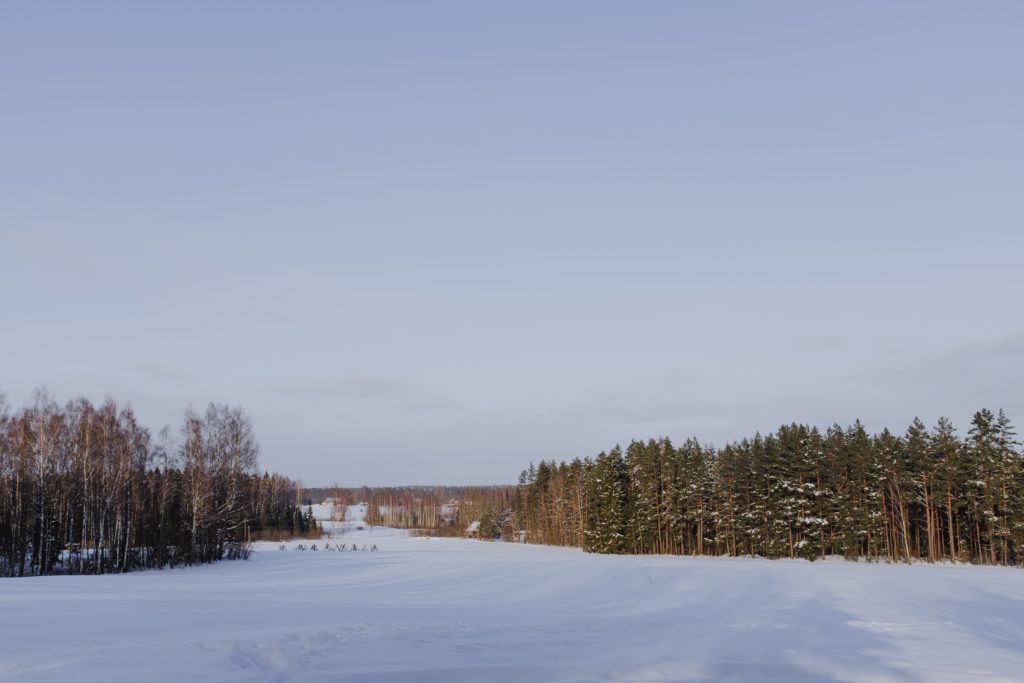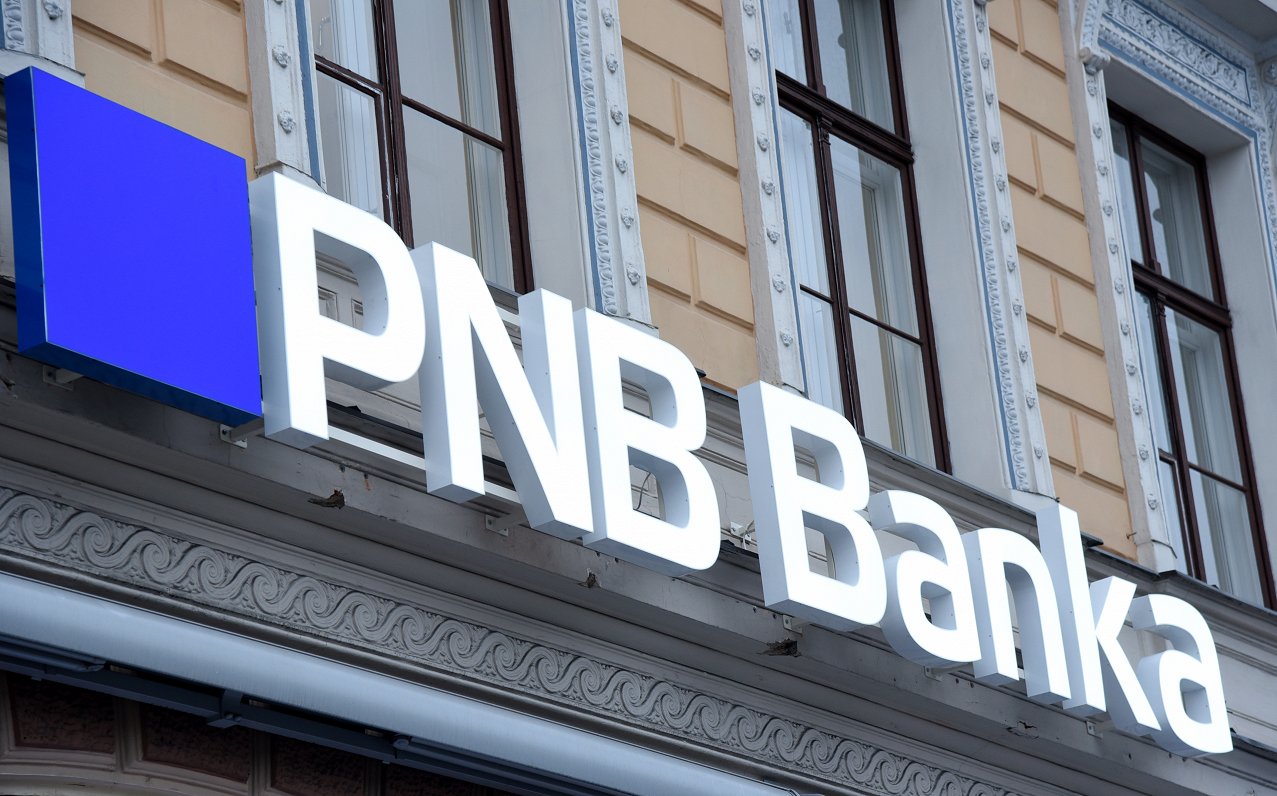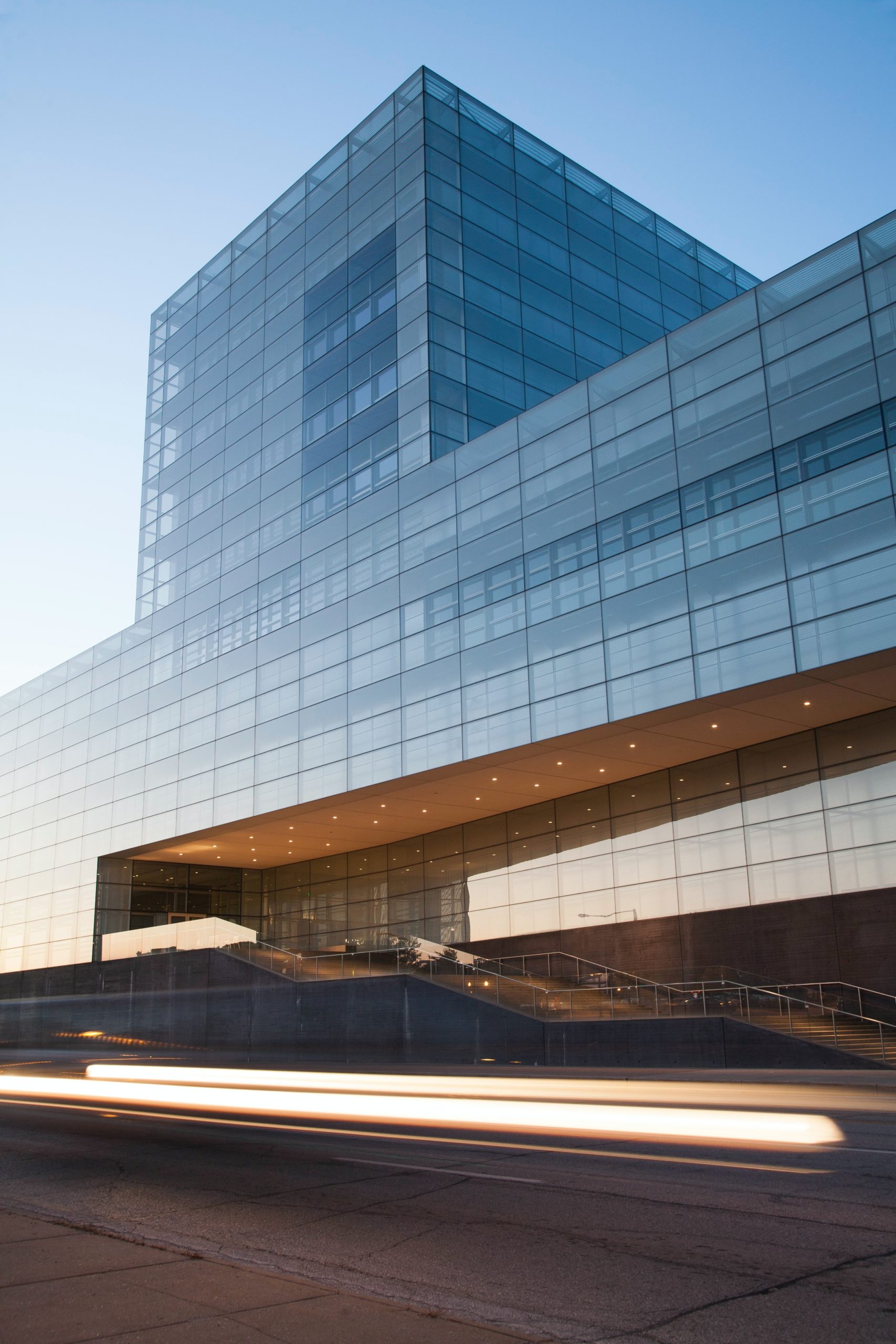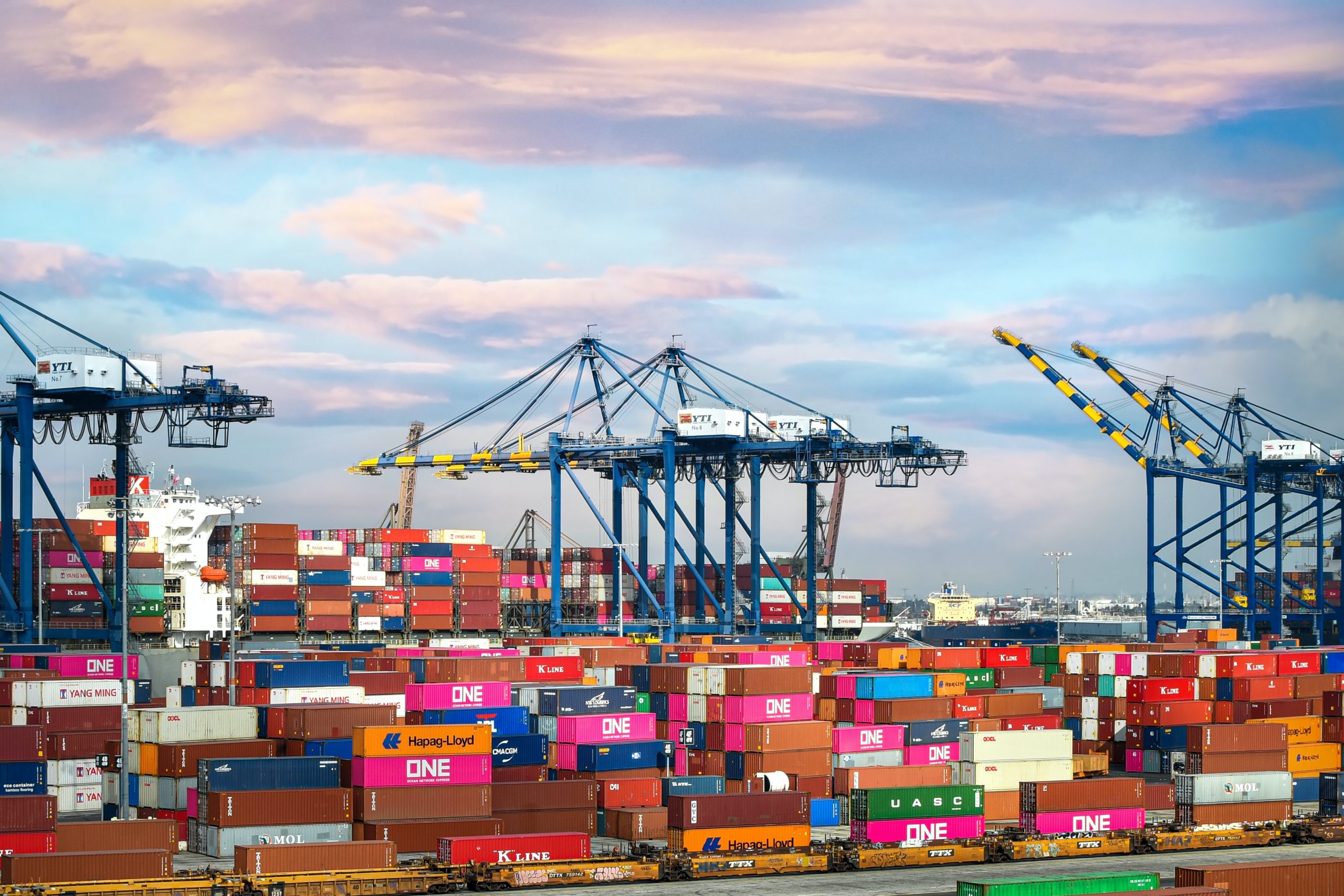Minerals abound in Latvia, including rubble and commercial rocks. Mud, soil, sand-gravel, soft freshwater minerals, peat layers, clay, loamy sand, and laterite are all common natural assets in Latvia, as per the act on underground profundities. Latvia also has limestone and dolomite in addition to those elements. Metallic iron ore, alloys, and gems are not actively mined in Latvia. However, exploration carried out in the second half of the twentieth century indicates that the abovementioned precious assets of underground depths may be found there.

The Legislation on vast underground Profundities is the leading statute governing mining in Latvia. This act aims to guarantee that underground levels are used in a sophisticated, effective, ecologically acceptable, and long-term manner and to outline the standards for their preservation. The Council of Ministers’ Order No. 696 governs licensing procedures.
Cabinet Legislation, No 570 of 2012, establishes requisites for all mining-related task phases, as well as Cabinet Legislation No 1055 regulates the license fees.
Latvia mining license
A firm or a statutory body must get a permit to utilize massive underground profundities to investigate, explore, and exploit natural reserves. In certain circumstances, the corporation or individual must acquire a self-government-issued authorization to use vast mineral riches. A certificate is required to conduct geophysical research. If the landlord is the city or municipal authority, the landlord or an appropriately authorized entity may engage with underlying depths as long as the Ordinance on Subterranean Profundities and other legislative ordinances does not limit their powers.
In terms of mining, if a business wishes to engage in mining operations, it must initially secure property possession or leasing agreements because the landlord owns underlying profundity and any mineral wealth existent within, as per Common Law and the Act on Caverns Profundities.
It is vital to determine if a geophysical study was conducted and whether the resources are classified as A (approved) or N (evaluated). It is feasible to mine resources only if the stocks are classified as A or N.
If the area destined for mineral assets mining has not been initially researched or equities have not been acknowledged, a geographical investigation must be conducted first. A summary of the geographical inquiry must be presented to the Latvian Climate, Geology, and Meteorology Institute for authorization before mining can proceed. After completing the study and approval of natural reserves stocks, the individual or firm should apply to the National Environmental Agency for a reserve license and specific extraction restrictions.
After receiving the license and the limitation, the petition must be sent to the Regional Environmental Committee for a first Assessment. Even if an EIA is not required, the Regional Environmental Board (REB) publishes practical guidelines if the authorization is granted in a town. If the relevant agency (REB) agrees to conduct an EIA process, the petitioner will be obliged to provide an EIA assessment whose components agree with the Environmental State Bureau’s program (ESB). The petitioner produces an Environmental assessment, holds community meetings, and then revises the study before submitting it to the ESB. The ESB provides a judgment on the EIA analysis, but the municipality makes the definitive choice on the intended project. After receiving a favorable verdict from the municipal authorities, the candidate must submit an appeal for a license or authorization to the National Environmental Agency or the city councils.
Fee for a license
For a permit to use subterranean levels, an authorization to extract vast natural riches, and a reserve certificate, the State charge must be paid. The Cabinet will establish the amount of the State charge and the payment procedures.
Success rates of exploration and extraction permits
Concerning permitting success rates, in 2017 and 2018 for extraction and exploration, the rate reached 84% and 99%, respectively. Mining is more limited to normative acts; therefore, the success rate is lower than exploration licenses.







